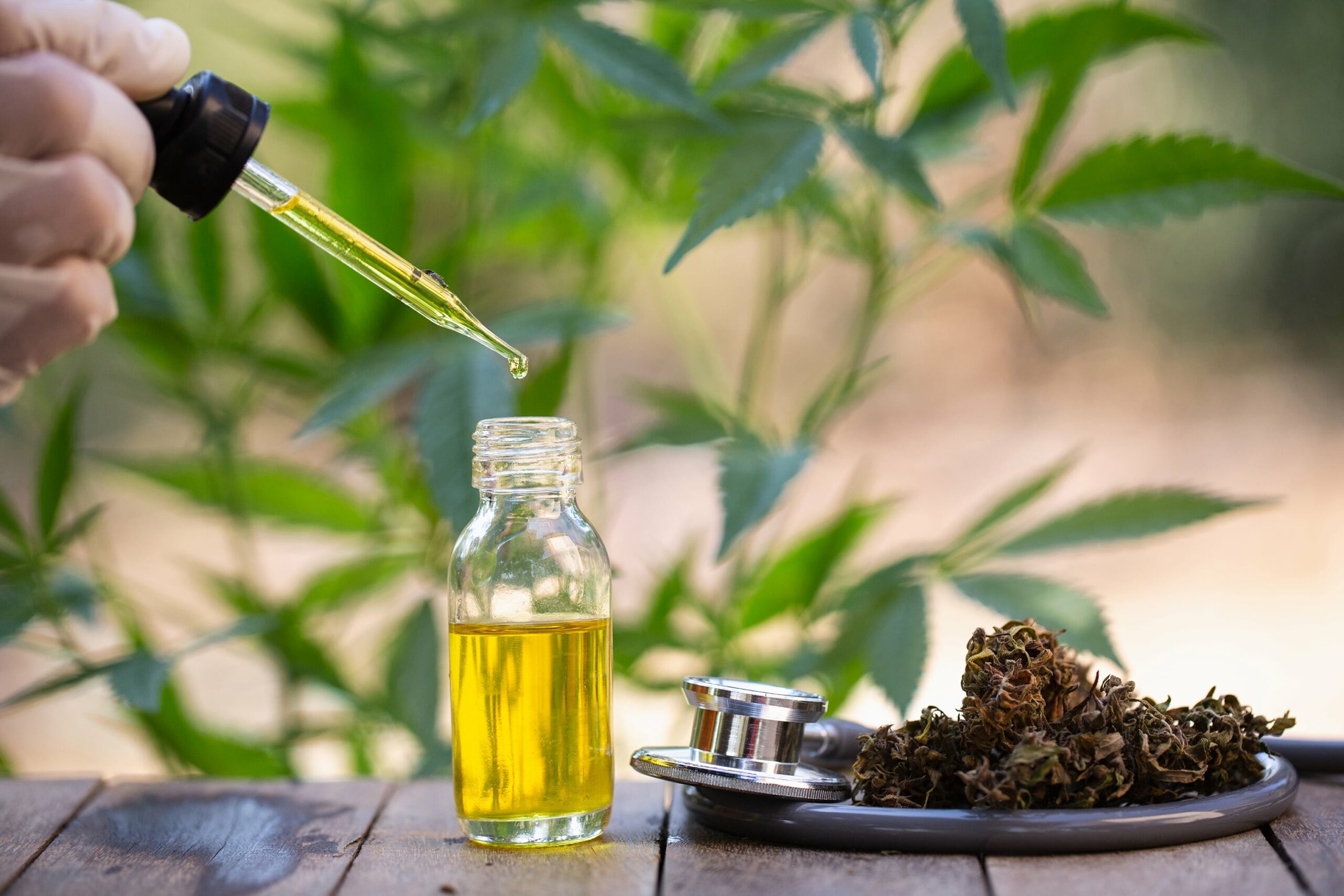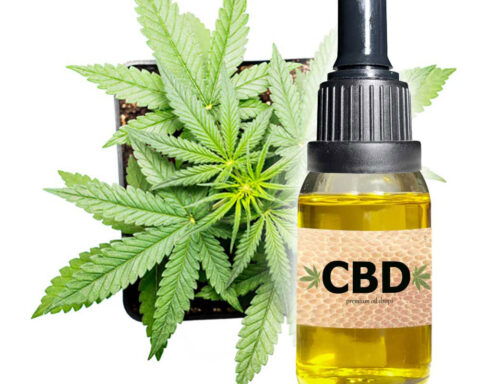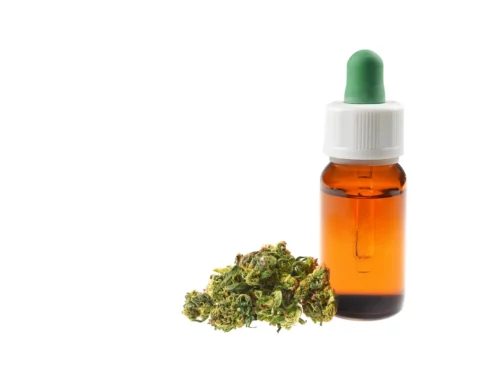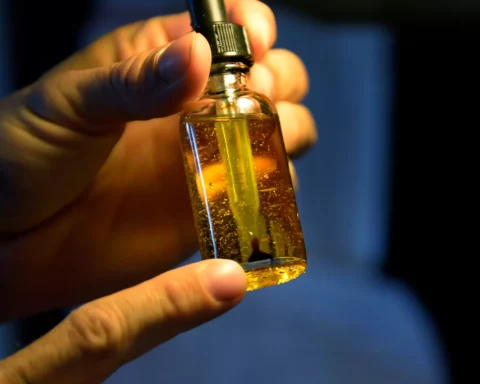There are many ways to consume CBD oil, including orally, sublingually, topically, through vaping and smoking, as well as edibles and other foods.
As CBD gains popularity, examine its benefits and risks. Consumers prefer consuming CBD orally, sublingually, or via vapes. Many variables, including the underlying problems or for recreational purposes, influence how you choose to use CBD. Although research on CBD has revealed some promising advantages, further human trials are required to evaluate whether CBD is a reliable and secure medication. Although CBD has several applications, it’s important to note that some CBD formulations are more bioavailable than others. This indicates that the body can absorb them more quickly.
WHAT IS CBD?
The cannabis sativa plant produces hemp and cannabis and has roughly 540 different compounds, including cannabidiol or CBD (marijuana). Tetrahydrocannabinol (THC), a cannabinoid present in the cannabis plant, enables the user to feel “euphoric.” The low THC content in hemp-derived products means that users often do not feel the euphoric and paranoid high associated with cannabis use. Besides capsules and oils, CBD is available in various forms. In some cases, it’s even present in foods and beverages. Numerous physical and mental health concerns, including anxiety, have been linked to using CBD oils.
HOW TO TAKE CBD OIL
EDIBLES
A great and discrete method to experience CBD is through edibles. Several CBD edibles, such as gummies, truffles, and even mints, are excellent at hiding any “weedy” taste. Edibles come with a few restrictions, though. A phenomenon known as the “first pass effect” has been found to occur when CBD is ingested. The liver and intestines break down some of the CBD during the first pass effect, allowing it to enter the bloodstream. According to Bruni et al. (2018), it may take up to two hours for the CBD to start working; it could only absorb 20 to 30 percent of it. If you’re using an edible, you’ll begin to feel the effects in as little as two hours.
SMOKING AND VAPING
Vaporizers with a chamber for concentrates can be used to smoke high-CBD cannabis flowers, or you can use a vaporizer with a cartridge of CBD oil to inhale CBD concentrates like sugar waxes. You’ll experience effects far more quickly with vaping than other techniques since they immediately let the CBD enter your bloodstream. Paudel et al. (2010) showed that 34 to 56 percent of the CBD is absorbed in less than 10 minutes. Cannabis smoking exposes you to carcinogens. Although vaping avoids this by heating cannabis just below the point of combustion, its safety is not yet guaranteed. If you elect to vape, steer clear of CBD cartridges containing thinning agents or carriers like MCT, propylene glycol, or vegetable glycerin. A 2017 review discovered that these substances could harm lung tissue.
SUBLINGUAL PRODUCTS
To eliminate sweets and preservatives, you may wish to use a sublingual product instead. These are intended for sublingual absorption. They consist of tablets, oils, and tinctures prepared by soaking cannabis flowers in a solution of oil or alcohol. You’ll notice benefits more quickly if you let the substance absorb under your tongue instead of letting it go through the digestive system. When compared to edibles, sublinguals have a quicker onset of action. If you want results more quickly, go this route.
TOPICALS
CBD topicals are meant to be applied directly to the skin rather than swallowed or absorbed through the digestive system. Transdermal patches, lotions, balms, creams, and salves contain CBD. A carrier oil, such as coconut oil or beeswax, is often included in CBD topical oils. Chronic pain can be effectively treated with massage oil and sore muscles and joints. Use your fingers to apply the massage oil to the desired location by putting it on your fingertips first. Apply the oil to your skin in circular strokes. Animal studies are the only evidence for the topical application of CBD oil at this time. Even while you might feel some pain relief right after, it’s more typical to experience it between 30 to several hours later. But remember that CBD oil doesn’t provide relief for everyone. Use a new product if you don’t like the first oil you try. You might find that CBD oil diluted with coconut oil works better for you than CBD oil diluted with beeswax.
CBD BENEFITS: SCIENTIFIC RESEARCH
Research is examining the potential benefits of CBD for a range of physical and mental health issues. More research is required to grasp CBD’s advantages and hazards. According to recent CBD studies, the following conditions can benefit from its use:
- Insomnia: Moltke & Hindocha (2021) suggested that CBD may help patients with insomnia sleep better, but more research is required to make this claim with certainty.
- Depression: García-Gutiérrez et al. (2020) noted that it might be beneficial for treating depression. It seems to change serotonin levels in the brain similarly to antidepressant drugs.
- Epilepsy: According to Zaheer et al. (2018), CBD is useful for treating epileptic seizures linked to specific conditions that don’t react well to conventional drugs.
- Addiction: Chye et al. (2019) found that CBD has been shown in studies to reduce cravings for alcohol, opioids, and stimulants, among other abused substances.
- Anxiety: There has been little research on CBD oil and pain alleviation. There are some positive outcomes, though. For the oil to have an effect, it must interact with receptors in the human body.
CONCLUSION
There isn’t just one perfect or optimal way to consume CBD; there are many different ways. It’s crucial to test several techniques and see which works best for you. Avoid CBD products that lack the identity or contact details of the manufacturer. Before experimenting with CBD, consult your doctor, especially if you are already on any medications. CBD may provide an interaction with several prescription drugs, including antidepressants, blood thinners, diuretics, and others.
REFERENCE
Bruni, N., Della Pepa, C., Oliaro-Bosso, S., Pessione, E., Gastaldi, D., & Dosio, F. (2018). Cannabinoid Delivery Systems For Pain And Inflammation Treatment. Molecules, 23(10), 2478.
Chun, L., Moazed, F., Calfee, C., Matthay, M., & Gotts, J. (2017). Pulmonary Toxicity Of E-Cigarettes. American Journal Of Physiology-Lung Cellular And Molecular Physiology, 313(2), L193-L206.
Chye, Y., Christensen, E., Solowij, N., & Yücel, M. (2019). The Endocannabinoid System And Cannabidiol’s Promise For The Treatment Of Substance Use Disorder. Frontiers In Psychiatry, 10, 63.
García-Gutiérrez, M. S., Navarrete, F., Gasparyan, A., Austrich-Olivares, A., Sala, F., & Manzanares, J. (2020). Cannabidiol: A Potential New Alternative For The Treatment Of Anxiety, Depression, And Psychotic Disorders. Biomolecules, 10(11), 1575.
Moltke, J., & Hindocha, C. (2021). Reasons For Cannabidiol Use: A Cross-Sectional Study Of CBD Users, Focusing On Self-Perceived Stress, Anxiety, And Sleep Problems. Journal Of Cannabis Research, 3(1), 1-12.
Paudel, K., Hammell, D., Agu, R., Valiveti, S., & Stinchcomb, A. (2010). Cannabidiol Bioavailability After Nasal And Transdermal Application: Effect Of Permeation Enhancers. Drug Development And Industrial Pharmacy, 36(9), 1088-1097.
Zaheer, S., Kumar, D., Khan, M. T., Giyanwani, P. R., & Kiran, F. N. U. (2018). Epilepsy And Cannabis: A Literature Review. Cureus, 10(9).
- Chickpeas vs. Garbanzo Beans: What’s the Difference? - April 19, 2024
- How to Manage or Improve Anxiety - September 21, 2023
- The birth of a company - July 29, 2023









